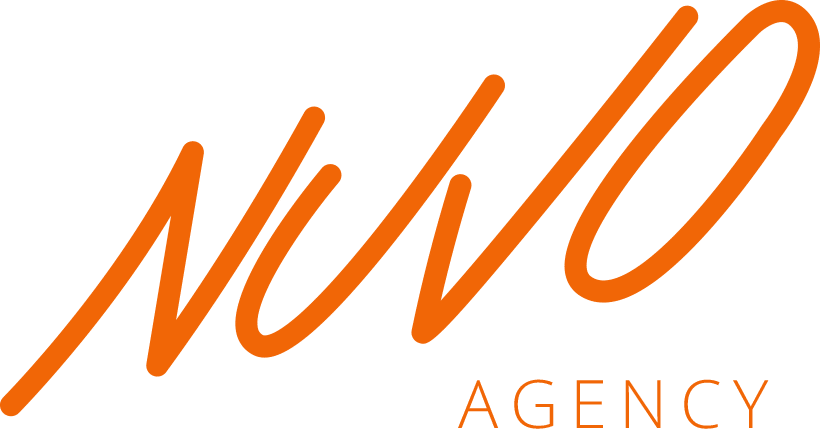Articles
Why You Need A Brand Kit
Why You Need a Brand Kit What do you have in your brand kit? Oh, you don’t know what that is? Allow us to elaborate. A brand kit is essential
How To Manage A Google Business Listing
How to manage a Google Business Listing As a business owner, you may be familiar with using Google to learn more about your industry. You might do keyword research to
Questions You Should Be Asking Your Marketing Agency
Questions You Should Be Asking Your Marketing Agency Looking for a marketing agency, whether it’s your first time or not, can be stressful. Your business is important, and you should
